FIFe standard Other WCF standard Higher classification Cat | ACF standard Scientific name Felis catus Rank Breed | |
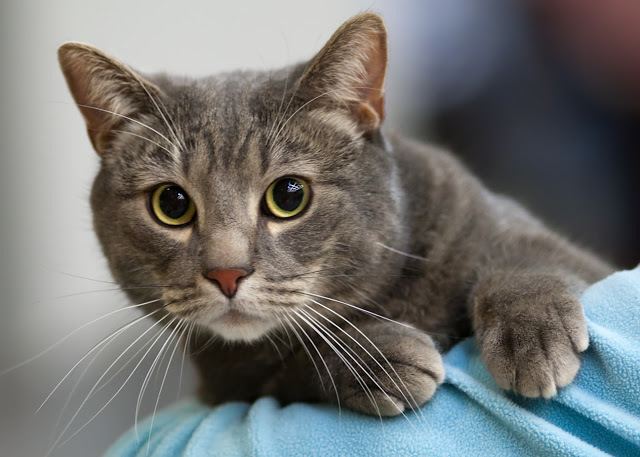 | ||
Similar Egyptian Mau, Japanese Bobtail, Chartreux, German Rex, American Curl | ||
The European shorthair, also called the European or Celtic shorthair, is a breed originating in Europe, an elaborate way of referring to common European cats. This role was held until the beginning of the 20th century by the British shorthair, even though stockier than the majority of common European cats, until 1983 when the European shorthair was recognized by the Fédération internationale féline.
Contents
- European shorthair meaning
- Origin
- Life expectancy
- Temperament
- Physical characteristics
- Breed description
- Popularity
- References
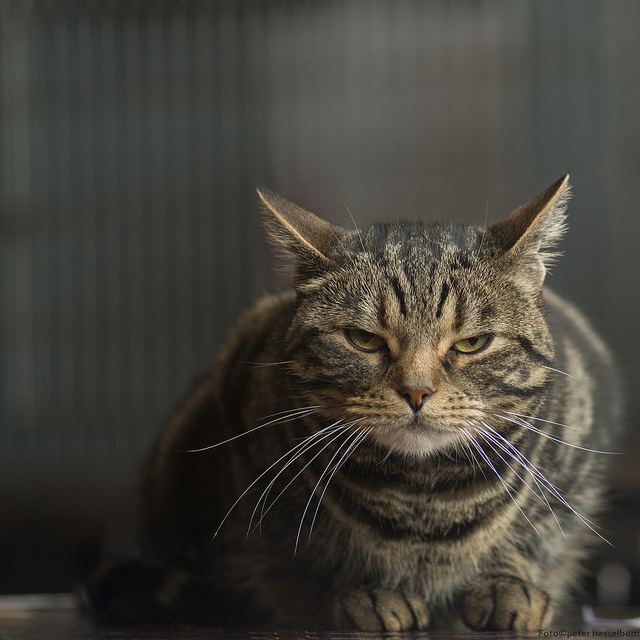
European shorthair meaning
Origin
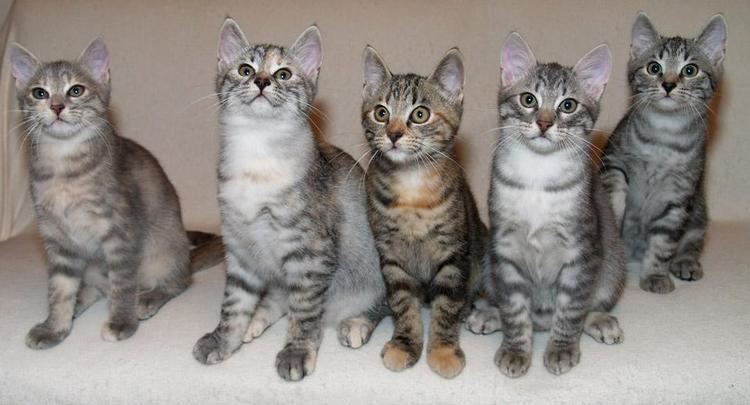
The European can be compared to the kind of domestic cat, which has developed naturally, i.e., without having been subject to special rules for breeding. European Shorthair has its counterparts in Great Britain (British Shorthair) and USA (American Shorthair), that have been bred much longer. The British Shorthair however was crossed with Persian Cat and selectively bred to become a cobbier cat with slightly shortened muzzle and thicker coat. It was confusing for Scandinavian breeders that the British Shorthair was also called European Shorthair at that time, even though it looked different. Felinological associations recognized both types of cat as a single breed, meaning they were judged by the same standards during cat shows, until 1982 when FIFE registered the Scandinavian type of European Shorthair as a separate breed with its own standard.
Life expectancy

Life expectancy depends on whether the cat is outdoors or not. An outdoor cat has a life expectancy of 5 to 12 years, while an indoor cat can live up to 22 years.
Temperament
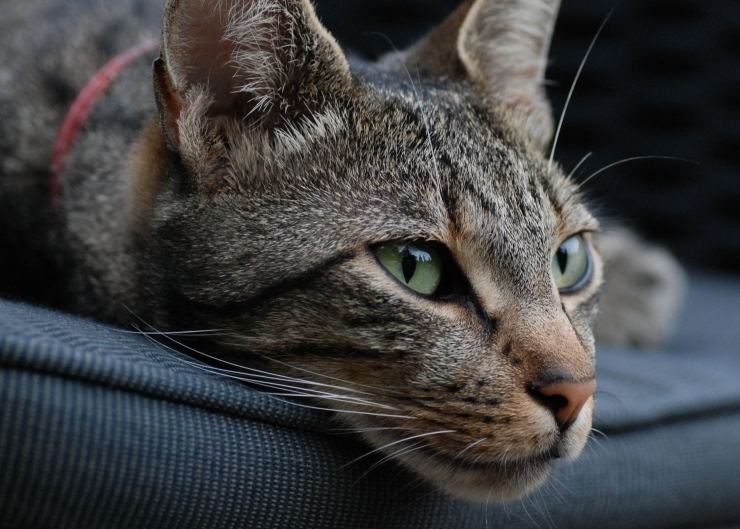
Because the breed has been developed from ordinary domestic cats, which have very different temperaments, the character of the European Shorthair is impossible to summarise. Members of this breed may be very affectionate but there are others that prefer to be out mousing. Most European Shorthairs are strong and active, and as a rule they are friendly. They get on well with other cats and tolerate dogs well. European Shorthairs are intelligent and playful, and most of them are expert at keeping houses and gardens free of mice.
Physical characteristics
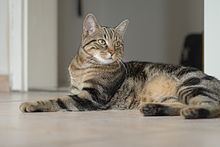
In terms of personality and appearance the European Shorthair is comparable to ordinary domestic European short-haired cats. The European Shorthair is a muscular, medium-sized to large cat, with a broad, well-muscled chest. The strong legs are average length and the paws are round. The tail is fairly thick at the base, tapering to a rounded point.
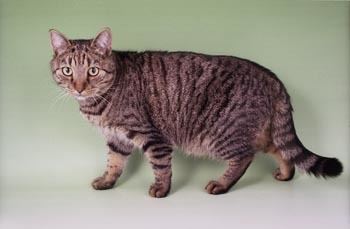
The relatively large head is rounded, with well-developed jowls, but it is not as round as the British Shorthair's head. The ears are medium-sized; they are as long as they are broad at the base, with slightly rounded tip. They are quite wide-set and upright. The eyes are round and may be of any colour.
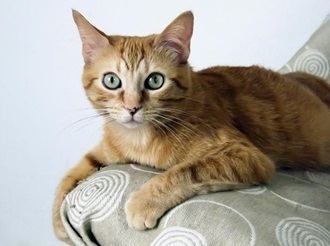
The European Shorthair's dense coat is short, soft and glossy, and should lie flat. All natural colours are permitted, such as black, red, blue and cream, with or without tabby or white markings. Pure white is also permitted. The eye colour corresponds to the coat colour and may be yellow, green or orange. Blue or odd-eyed individuals are permitted if the coat colour is white.
Breed description
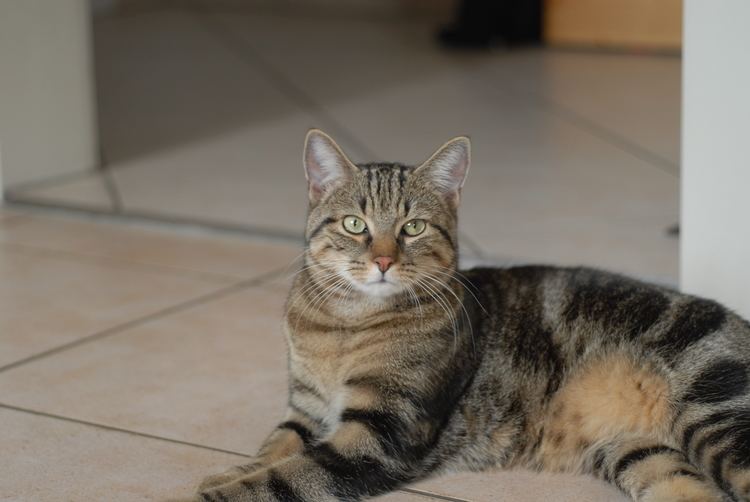
Popularity
The breed is not very popular outside Scandinavia as there are still huge populations of similar-looking cats in Europe.
